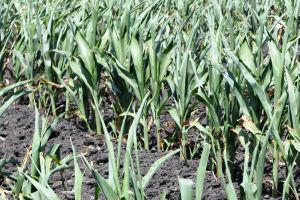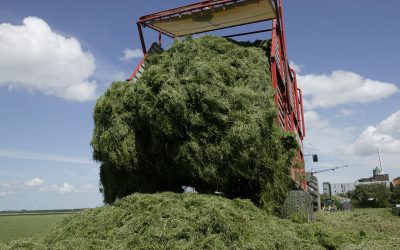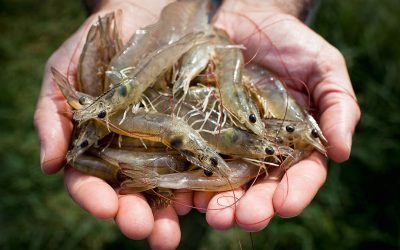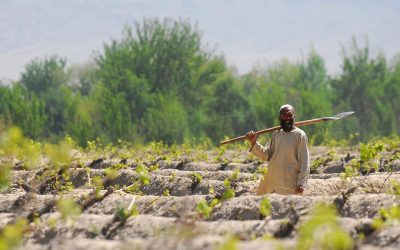Drought raises nitrate levels in corn feed, warns professor

Tim Evans, an associate professor of veterinary pathobiology and toxicology section head at the Veterinary Medical Diagnostic Laboratory at the University of Missouri College of Veterinary Medicine, is warning farmers that drought damaged corn plants can pose a risk to animal health.
“During severe drought conditions, corn plants, especially those heavily fertilised with nitrogen, can accumulate a chemical called ‘nitrate’,” Evans said. “This chemical can be very harmful to animals, especially cattle, if they eat corn plants or other vegetation containing too much nitrate.Nitrate can cause damage to red blood cells, resulting in lethargy, miscarriage, and even sudden death.”
The drought is forcing farmers to abandon ruined corn crops across much of the US Midwest. With lowered expectations of this year’s corn crop yield, farmers have already started harvesting, in an effort to salvage what nutrition they can.
The drought causes the nitrates that the plants take up to concentrate in the upper portions fo the stalk. Normally, corn only absorbs nitrate into the lower stalk.
Given that livestock consume the upper portions, the animals run the risk of nitrate toxicity, which can lead to death.
“High nitrate levels in plants are generally not a danger to humans, but only to ruminant animals, such as cattle, which eat very large amounts of plant material daily” Evans said.
 Beheer
Beheer











 WP Admin
WP Admin  Bewerk bericht
Bewerk bericht